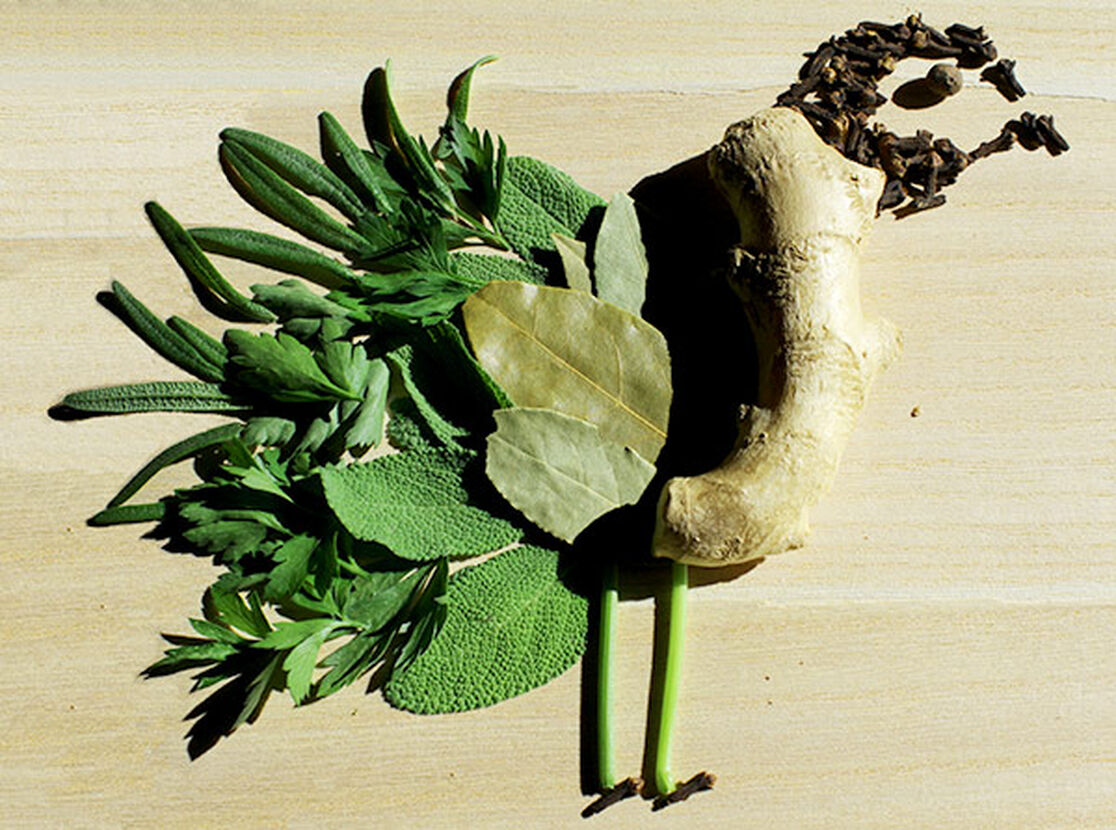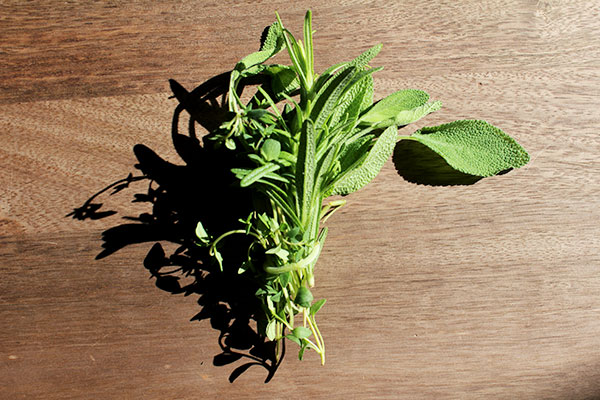With Thanksgiving right around the corner, we head into the Holiday season looking forward to all the flavors we’ll find on our plates. Take some time before you tempt your taste buds, however, and consider some facts from the Center for Disease for Control and Prevention:
- “The Adequate Intake (AI) of 1500 mg per day is the recommended average daily sodium intake level. The IOM (Institute of Medicine) set the AI for sodium for adults at 1500 mg per day to ensure that the overall diet provides sufficient amounts of other nutrients and to cover sodium sweat losses in physically active individuals.
- The Upper Limit (UL) of 2300 mg per day refers to the highest daily level of sodium that is likely to pose no risk of adverse health effects to almost all individuals in the general population. The UL is not a recommended intake and there is no apparent benefit to consuming levels of sodium above the Adequate Intake (AI).
- The average daily sodium intake for Americans age 2 years and older is 3,436 mg.
- Since the 1970s, the amount of sodium in our food has increased, and so has our daily food intake.”
So, is it really possible to have delicious food without all of the salt? YES, it certainly is! Herbs and spices help flavor foods and can diminish the use of salt, fat and sugar in cooking. Fresh and dried herbs have been shown to offer additional benefits, such as containing antioxidants that may help protect against diseases such as cancer and heart disease. Try using any of the following herbs and/or spices in your Thanksgiving meal and your guests will come back for seconds (maybe even thirds)! Here are our top 5 suggested herbs and spices for an honestly tasty holiday feast this year!
Thanks to Zeina Makky for the tasty turkey inspiration.
Herbs:
Thyme: It’s a lot of work to strip tiny leaves from wiry thyme branches, so wait until they’re easier to remove after cooking. Upcycling bonus: Once removed, stems also make great ties for a bouquet garni (a tied bundle of herbs) set inside a roasting bird that infuse it with fantastic flavor.
Rosemary: This versatile herb can be found in most areas of the country, so feel free to blend a bit in with roasted squash dishes or add to your roasted potatoes. It’s not just for your sides--add some of this fragrant herb to a Mason Jar to freshen a room naturally!
Sage: No Thanksgiving meal would be complete without this classic herb, often recognized as a main ingredient in poultry spice mixes. You can add your own twist this year by chopping sage with thyme and parsley and rubbing the bird with this combo for a fresh, local taste.
A traditional bouquet garni.
Bay Leaves: You may be familiar with the strong flavor and aroma of the dried form of this herb. It’s also an essential component of a traditional bouquet garni, which contains parsley, thyme, rosemary, peppercorns and bay leaves.
Parsley: Parsley plugs right through our winters producing tasty, pungent flavor. The stems can still be used for recipes where their tougher tissues will break down during cooking (and, yes, they’re great for tying up herb bundles). Save the pretty leaves to chop into salads, salad dressings and mix into herb rubs.
Honest tip: When using fresh herbs in a recipe that calls for dried herbs, the general guideline is to use 1.5 times the amount of dried herbs indicated. Remember: you can always add more flavor, but once it’s in there, you can’t take it out!
Spices:
Allspice: Contrary to its name, allspice is a single spice, not a combination of several. It comes from the allspice berry, also known as the Jamaica pepper. It gives a fresh kick of flavor to baked dishes and pies.
Cinnamon: Harvested from the bark of a tree, this spice is then curled into sticks. In this familiar form, it helps flavor hot cider. Ground cinnamon stars in a number of baked goods, including classic pumpkin and apple pies.
Cloves: This spice is from the dried, unopened buds of the clove tree. Ground cloves are often made from the milder parts; the heads of the cloves are sometimes removed because of their intense flavor. Try adding cloves to your cranberry sauce for added flavor (just remember to remove before serving).
Ginger: Fresh, dried, crystallized, candies or pickled--it’s all good (and good for you). Fresh ginger flavor varies from mild to pungent, depending on when it was harvested. Try adding some orange juice and fresh ginger to your whipped sweet potatoes or grated ginger to your favorite baked apple stuffing this holiday.
Nutmeg: Nutmeg and mace come from the same plant. (Mace is ground from the lacy coating that surrounds the hard nutmeg kernel.) Both are used in small quantities due to their strong flavors. We’ve seen this spice in baked goods, but it’s also a standout sprinkled on fresh fruits and vegetables.
If variety is the spice of life, then why not try a variety of spices (and herbs) in yours? So, sprinkle in some new seasonings on a classic dish, cook a few fresh dishes, add more veggies and color to your table this year, and you’ll see: Where there’s flavor, there are happy faces! When food tastes this good, people eat it (even if it’s healthy).
What herbs and spices do you plan to use in your holiday cooking? Share them in the comments below!
We aim to provide you with the most honest and credible information possible. This article was reviewed for accuracy by The Honest Team and was written based on sources that are linked at the bottom of the article.
blog_review_statement





